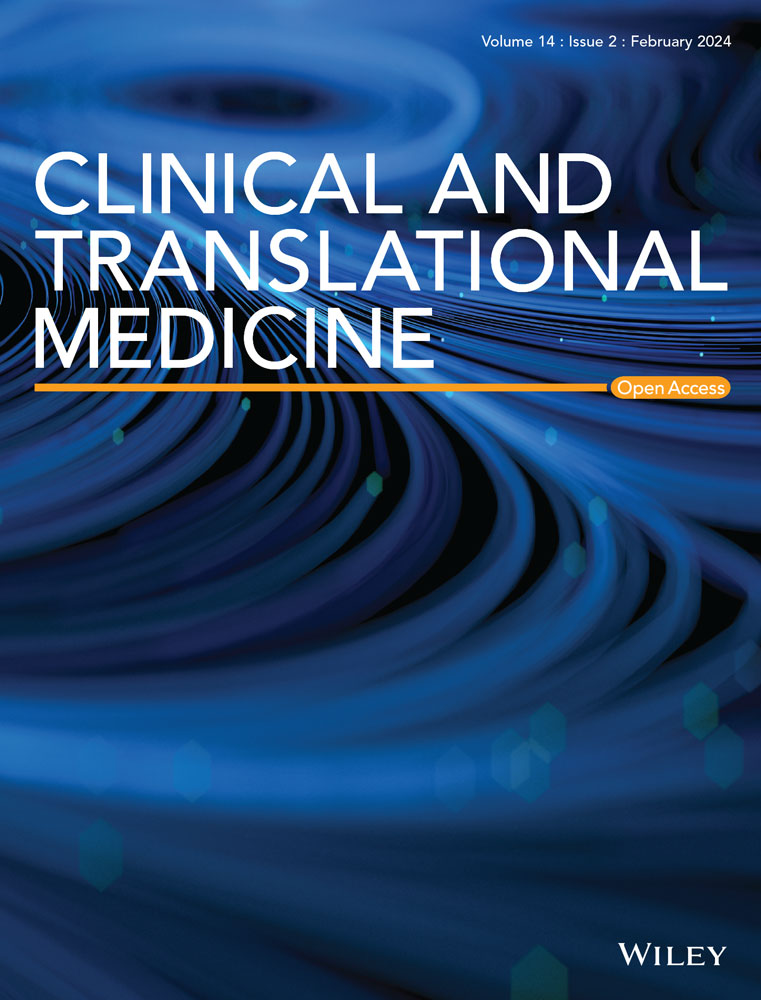Lactylation in cancer: Advances and opportunities for treatment resistance
Abstract
Background
Lactylation, a recently identified post-translational modification that utilizes lactic acidas a substrate, has emerged as an important regulator of gene expression andprotein function. Since its discovery in 2019, lactylation has beenincreasingly recognized for its roles in cancer biology and treatment response.
Main text
Lactylationis strongly associated with tumor progression and malignancy, underscoring itspotential as a therapeutic target. Recent studies also link lactylation tocancer treatment resistance, suggesting that modulating this modification couldenhance therapeutic efficacy. As treatment resistance remains a major clinicalchallenge in oncology, accumulating evidence indicates that dysregulatedlactylation contributes to resistance across chemotherapy, immunotherapy, targeted therapy, and radiotherapy. Preclinical and clinical research has begunto delineate the molecular pathways through which lactylation shapes theseresistance processes, and experimental approaches targeting lactylation arebeing explored to restore therapeutic sensitivity.
Conclusion
This review systematically summarizes the mechanisms of lactylation and its roles intreatment resistance, highlighting the interplay between lactylation andtherapeutic response. We discuss current and emerging strategies that targetlactylation, providing a foundation for future therapeutic development aimed atovercoming resistance and improving cancer treatment outcomes.
Key points
- Lactylation links glycolysis to tumor progression and therapeutic response.
- Modulating lactylation writers and erasers restores treatment sensitivity.
- Aberrant lactylation drives resistance tomultiple cancer therapies.
- Crosstalk with other post-translational modifications suggests novel combination strategies.


 求助内容:
求助内容: 应助结果提醒方式:
应助结果提醒方式:


